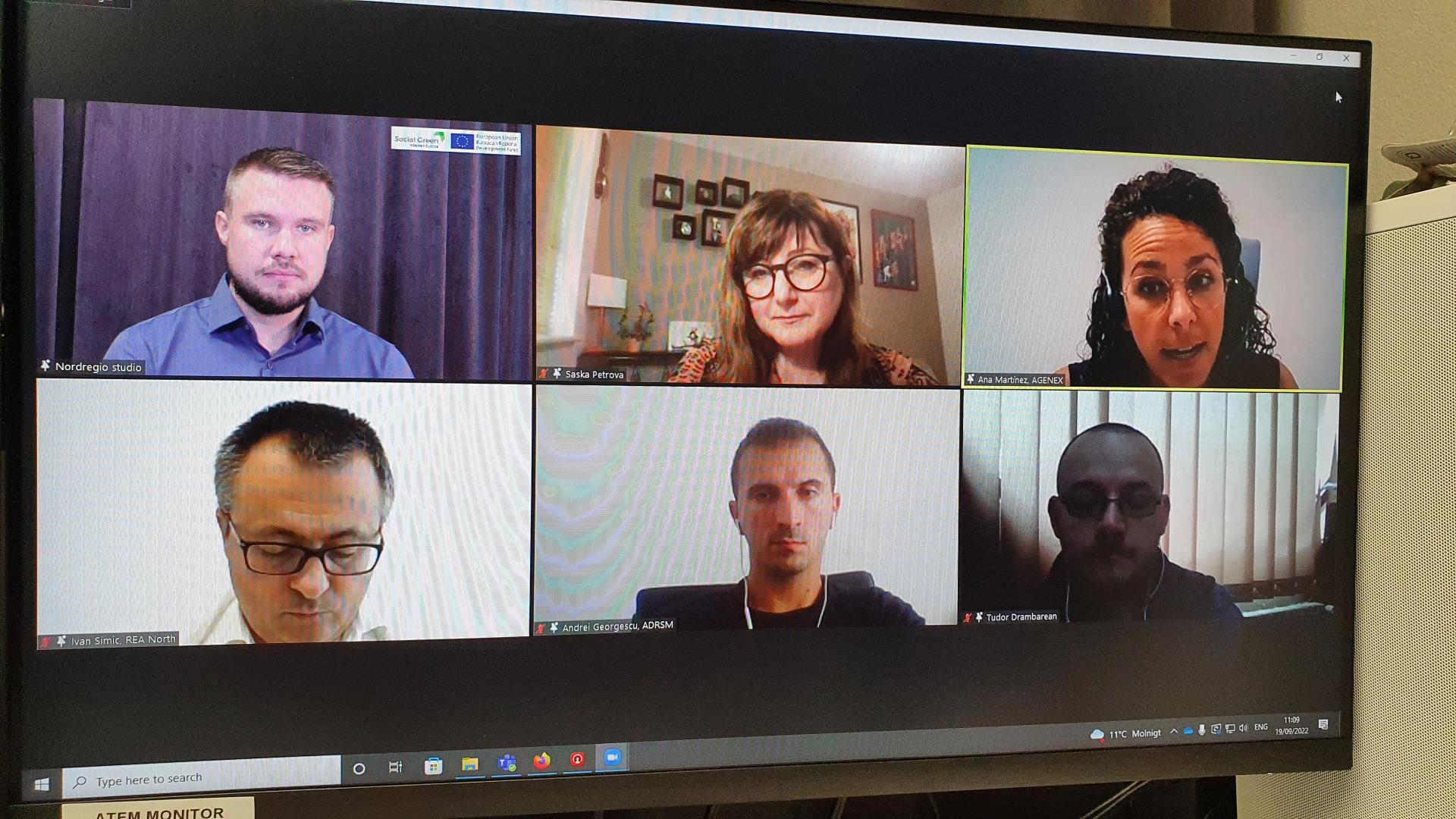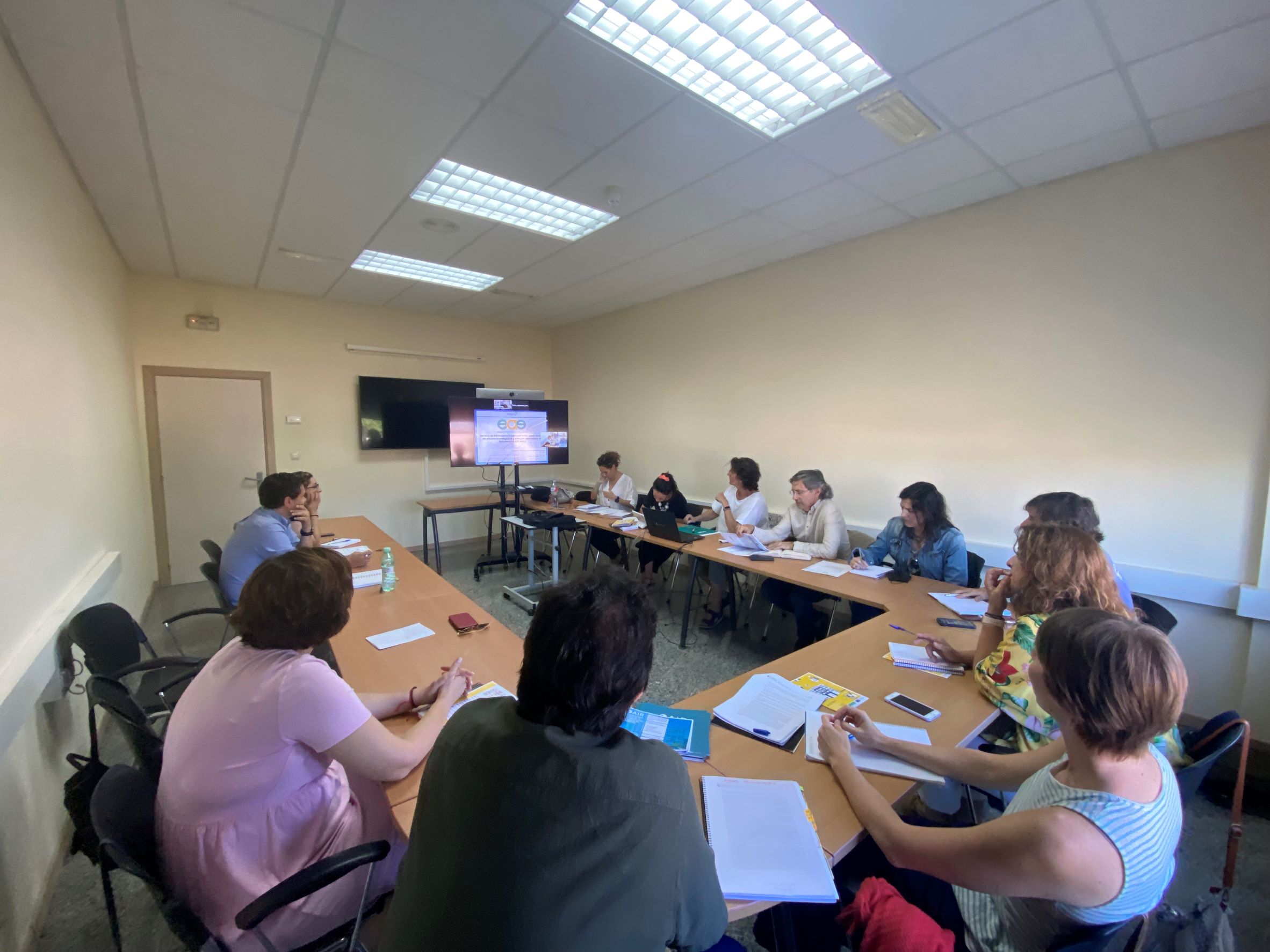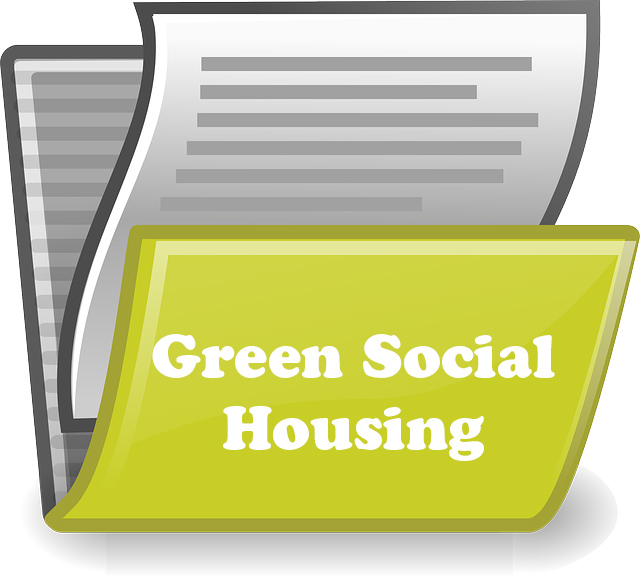Junta de Extremadura (regional Governement) will test this year a housing model with facades, roofs and insulation based on natural materials such as cork, wood, rice husks, kenaf or biomass ash. Specifically, it will rehabilitate 20 buildings in Badajoz and Mérida, build four townhouses in Ribera del Fresno and intervene on a public building (the Union Brotherhood) in La Bazana, a village that depends on Jerez de los Caballeros.
The objective of this initiative is to have buildings with almost zero energy consumption. Also check to what extent these recycled and sustainable materials can replace conventional ones in the construction sector. The rehabilitations will be carried out in 16 social homes in a block of the San Lázaro neighborhood, in the capital of the region (Mérida). Specifically, in the one located among Plasencia, Zorita, Trujillo and Trébol streets. And also in four single-family homes in the neighborhood of Santa Engracia, in Badajoz, located on Duero, Ebro and Halcón streets, as detailed by the Ministry of Mobility, Transportation and Housing.
"All the energy consumption of the houses on which we will act will be compared with the previous situation, to verify the influence of the intervention and the percentage of improvement achieved", anticipates Alfonso Gómez Goñi, General Director of Architecture and Building Quality . Something similar will be done in Ribera del Fresno, in this case with newly built homes that will be rented with an option to purchase once the period of validity of the project is over. Four terraced houses will be built on two floors, each with an area of 80 square meters. One of them will be built following conventional parameters, and the other three using experimental materials. "These projects will be compared with buildings constructed with standard solutions, to monitor the differences during construction and also during the lifetime of the property", says Gómez, who also anticipates that work on the ground will begin throughout the first half of this year.
Sustainable elements
Among the materials chosen for this pilot experience, some have already been used in construction, although minority. This is the case of rice husk, used to make bricks. It is an agro-industrial by-product that is generated during the grinding process of the grain and is used for the insulation in chambers, "reducing the embedded energy and toxic emissions of materials such as polyurethane or polystyrene", details one of the documents Basics of this initiative that involves organizations from Spain and Portugal.
The General Directorate of Architecture and Building Quality of the Junta acts as a coordinating partner. The Cicytex (Center for Scientific and Technological Research of Extremadura), the Intromac (Technological Institute of Ornamental Rocks and Construction Materials), the public company Urvipexsa, the University of Córdoba and the iTeCons (Research Institute and Technological Development for Construction, Energy, Environment and Sustainability) are part of the project too.
The project began in 2018, and since then, activities related to the selection and characterization of the materials to be used have been mainly developed. Kenaf is a fibrous plant that stands out for its acoustic and thermal properties, while biomass ash is used in agriculture as a fertilizer. "However", is explained in one of the reports of the project, "numerous investigations show that it can be used to replace a quarter of portland cement in concrete and construction mortars".
The compressed earth blocks, which will also be used in this experimental initiative, allow double savings. «On the one hand, because the production is located in the same place where the houses are going to be built, mainly using the land that is extracted from that same land; and on the other, because this saves the carbon dioxide emissions that would be generated in transport». As for cork, its insulating properties are known, although its use in construction is reduced due mostly to its price.
The intervention in the houses will include the use of facades and green roofs, which «also seek double savings, because they are based on natural textile materials and on land, and because the plants absorb carbon dioxide and serve as natural insulation to the building», explains the regional government, which also details that the proposal is part of the Life ReNatura NZEB project, which aims to reduce CO2 emissions by 60% and energy consumption by 80%, in addition to facilitating a reduction by half of the waste produced during the construction of houses. Because the latter is another advantage that aspires to certify this project that bears the flag of the most sustainable construction.
Source: HOY






